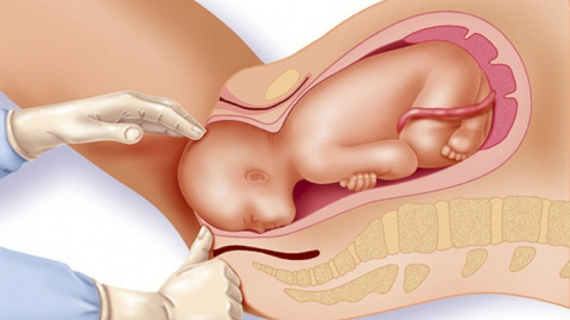How External Cephalic Version (ECV) is Done?
External cephalic version (ECV) at or near to term is a safe procedure which could effectively reduce the incidence of caesarean section in breech pregnancies.
Routine use of ECV could reduce the rate of caesarean delivery by about two-thirds. It is recommended that all women with an uncomplicated breech pregnancy at term (37–42 weeks) should be offered ECV.
Before the version attempt, you may be given an injection of tocolytic medicine to relax the uterus and prevent uterine contractions. The most commonly used tocolytic medicine is terbutaline.
While the uterus is relaxed, your doctor will attempt to turn the fetus. With both hands on the surface of your abdomen—one by the fetus's head and the other by the buttocks—the doctor pushes and rolls the fetus to a head-down position. You will feel discomfort during a version procedure, especially if it causes the uterus to contract. The amount of discomfort depends on how sensitive your abdomen is and how hard the doctor presses on your abdomen during the version attempt. If your fetus appears to be in distress, as shown by a sudden drop in heart rate, the procedure is stopped.
If a first attempt at version is not successful in turning the fetus, your doctor may suggest another attempt, possibly with epidural anesthesia to help you relax and to reduce pain associated with the procedure. Epidural anesthesia may increase the success of repeated version attempts.
Serious complications are rare during external cephalic version. But they do happen. This is why a version is performed in a hospital where you can have an emergency C-section delivery if needed.














